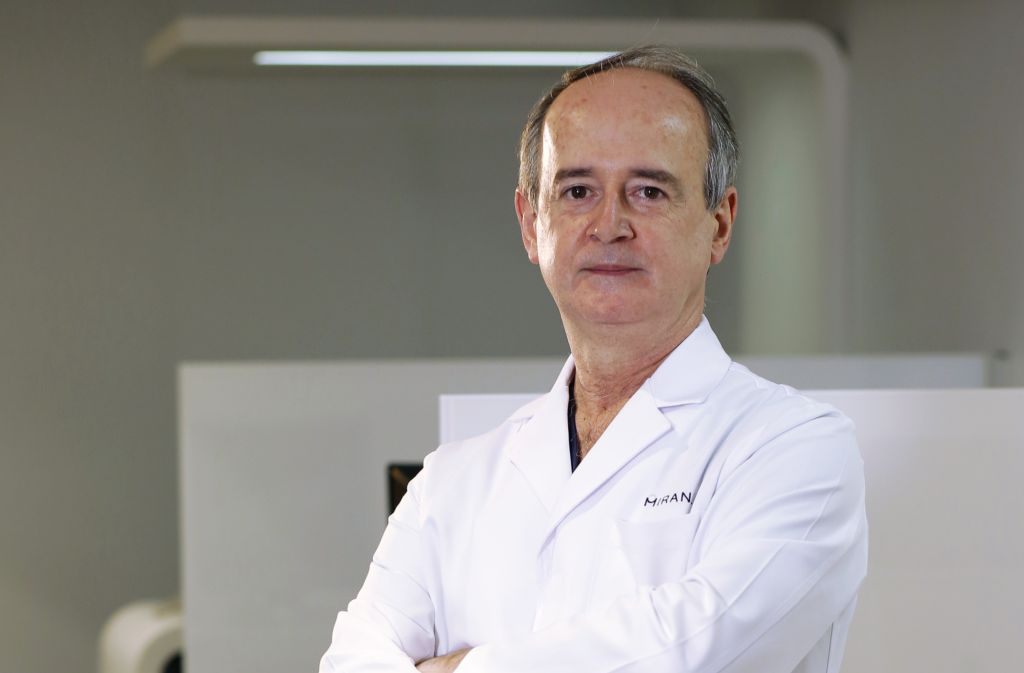
Can refractive errors be corrected with cataract surgery?
Many patients who are considering cataract surgery are unaware of the possibility of taking advantage of this surgery to correct their refractive errors, whether myopia, hyperopia, astigmatism or even presbyopia. “It is a good opportunity not only to avoid vision loss associated with cataracts, but also to reduce dependence on glasses”, stresses Dr Javier Mendicute, medical director at Miranza Begitek.
Treating cataracts and errors such as myopia with the same surgery
As the specialist explains, “when we operate on a cataract, we implant an intraocular lens to replace the crystalline lens, the eye’s natural lens which, over the years, loses its ability to focus and transparency, preventing us from seeing clearly”. At present, new intraocular lens designs allow good vision at different distances, so cataract surgery can be performed, while correcting the patient’s associated refractive error, such as myopia. “Before surgery, we provide information on the different lens options and study which one is best suited to the characteristics of each eye and the needs of each person”, Mendicute explains.
Seeking ongoing improvement and maximum patient satisfaction, the specialists at Miranza Begitek are consultants for different technology companies and have contributed with their experience to some of the most modern lens designs.
This commitment to R&D&I and the latest advances, which Miranza ophthalmology clinics share, also comes to the fore with the incorporation of new surgical equipment that promotes precision and safety in cataract surgery and the correction of refractive errors, such as myopia. This is the case of the femtosecond laser, which robotises some of the surgical steps.
With age, cataracts eventually affect 100% of the population.
The excellent results achieved nowadays with this surgery combine the technological contribution with the surgeon’s expert indications. Their role is crucial both when it comes to recommending the most suitable type of intraocular lens and the ideal time to operate on the cataract.
“Generally after the age of 50, the aging process of the lens causes it to focus increasingly worse and then becomes cloudy, when cataracts appear, an issue that ends up affecting 100% of the population from a certain age onwards.” It is not necessary to wait until the disease becomes very advanced and the loss of vision is very marked before a solution is found through cataract surgery. “Seeing clearly again is an important gain in terms of quality of life, even more so if you are able to do so without needing glasses for distance and/or near vision”, concludes Dr Mendicute.